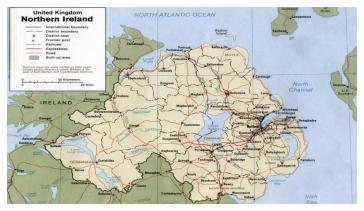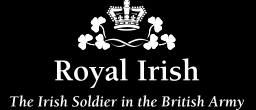Northern Ireland

|
‘Northern Ireland’ consists of six of the nine counties of the Province of Ulster and remained part of the United Kingdom when the rest of Ireland became independent in 1922. The latter became what was then called the 'Irish Free State', and from 18 April 1949, 'The Republic of Ireland'.
The Government of Northern Ireland was established in 1921. It is usually referred to as ‘Stormont’ after the grounds of Stormont Castle, where its Parliament building is located. ‘Ulster’ is historically one of the provinces of Ireland, the others being Munster, Leinster and Connaught. Therefore it is not correct to describe Northern Ireland as ‘Ulster’, nor as ‘The Province’ as the latter two, being one in the same, are shared historically by both the Republic of Ireland and Northern Ireland.
The description 'island of Ireland', although strictly geographical, is an accommodation employed where matters concerning both jurisdictions are shared, for example, the players of the Irish Rugby Football Union's International Team are found from across the island of Ireland. It is also used in the Northern Ireland Peace Agreement (The Good Friday Agreement) dated 10 April 1998, for example ‘It is the entitlement and birthright of every person born in the island of Ireland, which includes its islands and seas, to be part of the Irish nation’. There is also an example within the documents where the United Kingdom signs the ‘AGREEMENT BETWEEN THE GOVERNMENT OF THE UNITED KINGDOM OF GREAT BRITAIN AND NORTHERN IRELAND AND THE GOVERNMENT OF IRELAND’, therein using ‘IRELAND’ to describe the Irish state.





